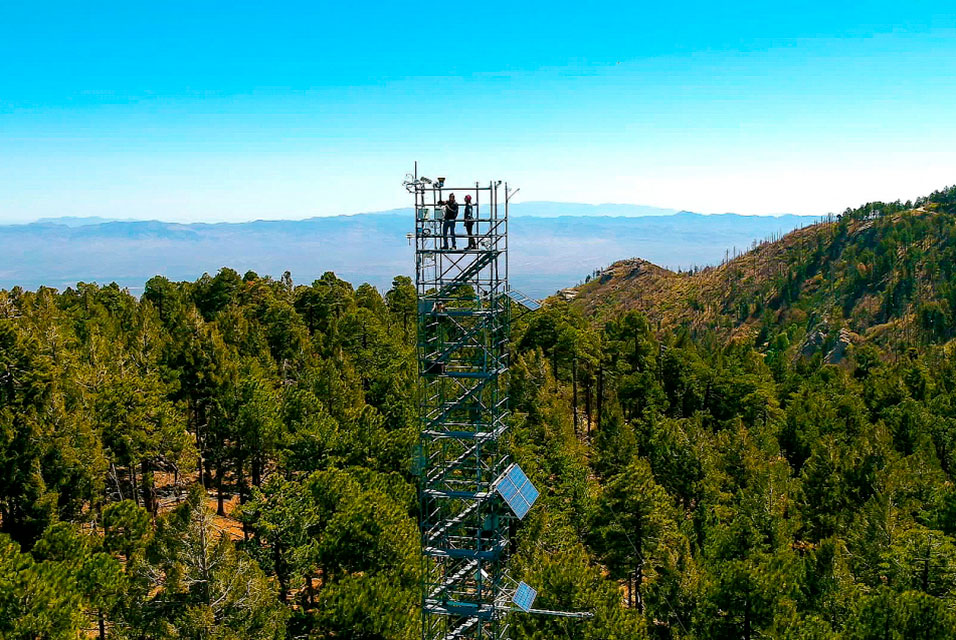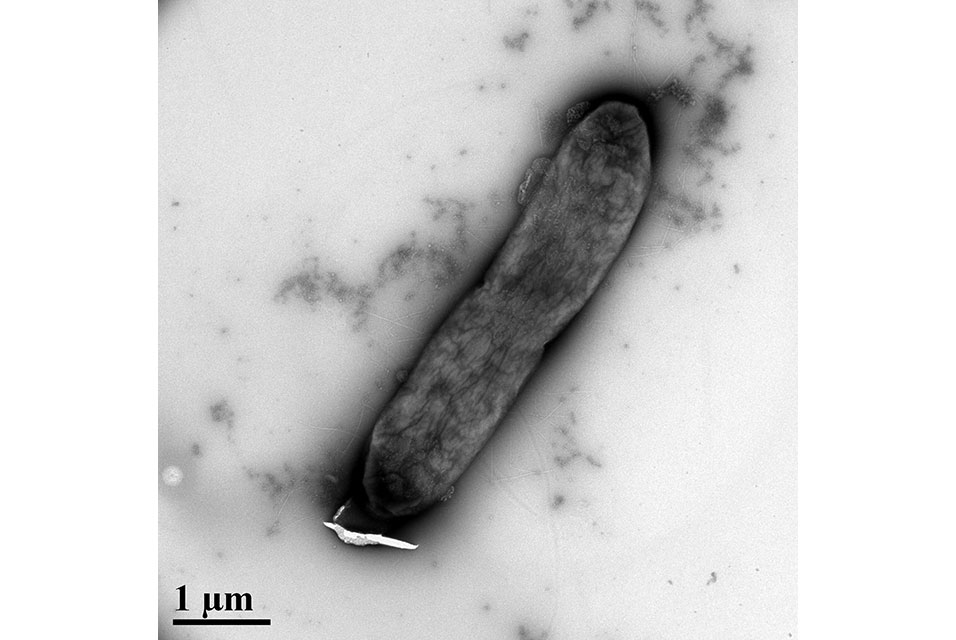TUCSON, AZ.- The name "critical zone" may give off 1980s action thriller vibes, but it's the term scientists use to refer to the area of Earth's land surface responsible for sustaining life. A relatively small portion of the planetary structure, it spans from the bedrock below groundwater all the way up to the lower atmosphere.
"Think of it as Earth's skin," said Jon Chorover, head of the Department of Environmental Science in the
University of Arizona College of Agriculture and Life Sciences. "It's sometimes termed the zone where rock meets life."
Most people – even geologists – don't typically think about rock as the foundation of life or the way life may alter rock, but that cuts to the heart of critical zone science, Chorover said.
A relatively new framework for approaching Earth sciences, the critical zone aligns researchers across disciplines to better understand how the delicate web of physical, chemical and biological processes come together to form Earth's life-support system.
As a biogeochemist, the whole-system approach is a way of thinking that comes naturally to Chorover, who has spent much of his career working to unravel the ways in which chemical and mineral weathering drives the evolution of everything from the soil microbiome to the carbon cycle.
Together with Qian Fang, a postdoctoral researcher from Peking University in Beijing, Chorover recently published the results of nearly 10 years of data collected at the Santa Catalina-Jemez River Basin Critical Zone Observatory – which spans a gradient of elevation and climates on rock basins in northern New Mexico and Southern Arizona.
Their findings, according to Chorover, provide a "smoking gun" link between the activities of carbon-consuming microbes and the transformation of rock to life-sustaining soil in the critical zone.
An open-air, living laboratory
In the past, measuring something like mineral weathering often wasn't that exciting — imagine researchers breaking off chunks of rock and watching it dissolve in beakers back at the lab. But viewing that process in a natural ecological system is a different story.
At the Santa Catalina-Jemez River Basin Critical Zone Observatory, towers that measure the exchange of water between the forest and atmosphere, soil probes that read the transfer of energy and gases, and a host of other in-environment instrumentation offer scientists a firsthand view of the complex systems within the critical zone.
The site is part of a larger National Science Foundation Critical Zone Observatory program, which unlike traditional brick-and-mortar observatories provides a network of regional ecological environments rigged with scientific instrumentation across the United States.
Temperature, moisture and gas sensors at the site collect measurements every 15 minutes, and after compiling and correlating the data, "What we found was a strong relationship between the rate at which the rock was weathering to form soil and the activities of the microbiome in the subsurface," said Chorover, a principal investigator at the Catalina-Jemez observatory.
Breaking down the rock-to-life cycle
"Minerals, microorganisms and organics are among the most important components in Earth's surface," Fang said. "They interact with each other constantly to provide all terrestrial life with nutrients, energy and suitable living environments."
These minerals in the critical zone are continuously attacked by microorganisms, organic acids and water, Fang explained. As the minerals break down, microbes in the soil consume the new organic matter and transform it into material that feeds plants and other microorganisms, while releasing carbon dioxide.
Previous studies suggest that microbial decomposition of soil organic matter can be fueled when more "fresh" organics – such as plant matter – are introduced to the soil system. This process is called the "priming effect" by soil scientists. However, the relationship between mineral weathering and microbial priming remains unclear.
"Our study shows, for the first time, how these essential soil processes are coupled, and these two processes continuously influence soil formation, CO2 emission and global climate," Fang said. "The linkages may even be associated with long-term elemental cycling and rapid turnover of soil carbon and nutrients on Earth."
While it is easy to perceive the success of plants and microorganisms as lucky environmental circumstance, Chorover said this study proves even the smallest parts of the critical zone have a substantial role to play.
"It shows that life is not simply a passive passenger on the trajectory of critical zone evolution, but actually an active engineer in determining the direction and path of how the Earth's skin evolves," Chorover said.










